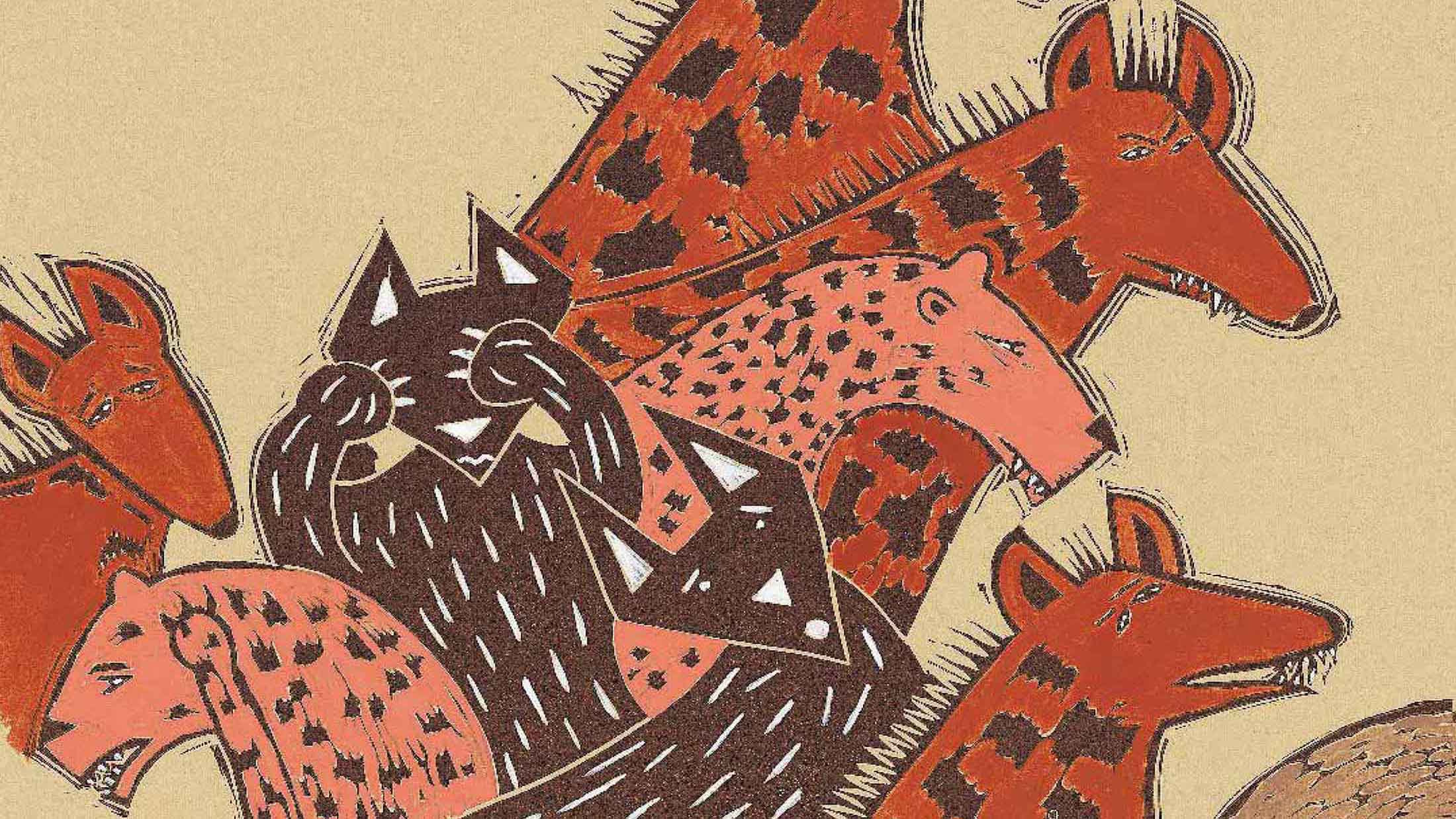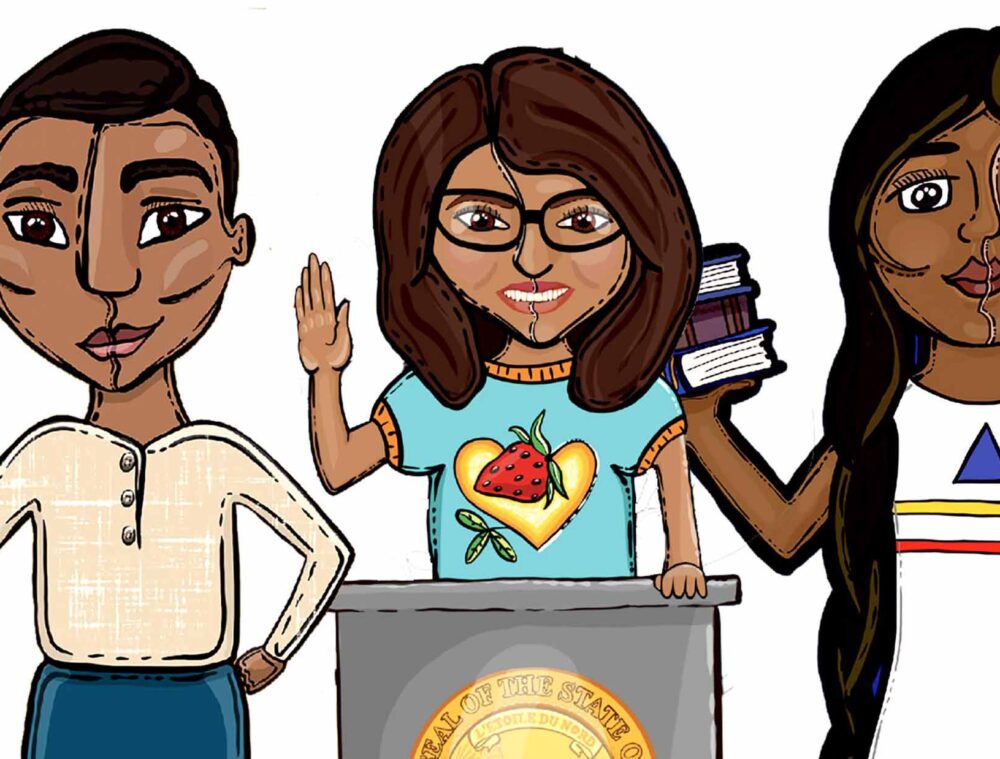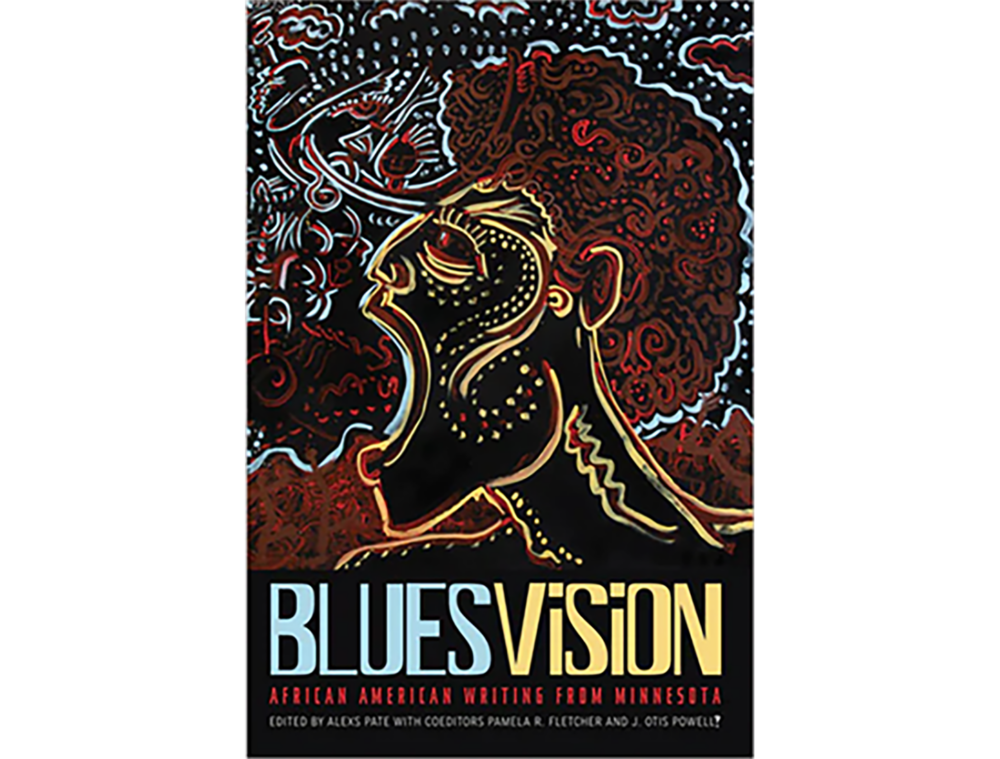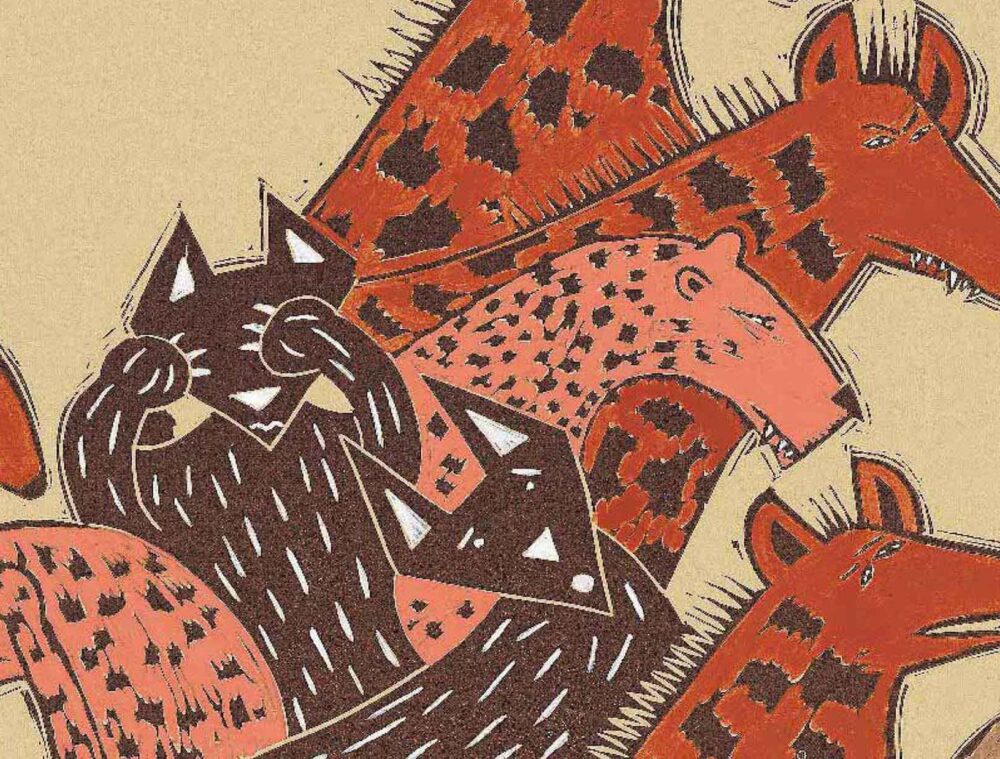Books
Publications from the Minnesota Humanities Center

Contact Us
Eden Bart

Minnesota Native American Lives Series
2022 American Library Association Youth Media Award American Indian Youth Literature Middle-Grade Honor Books!
The Minnesota Humanities Center (MHC) and the Minnesota Indian Affairs Council (MIAC) have collaborated to develop the Minnesota Native American Lives Series, three biographies of inspirational American Indian leaders written for 3rd-5th graders.
“Crossroads: An Anthology of Resilience and Hope by Young Somali Writers”
“Crossroads: An Anthology of Resilience and Hope by Young Somali Writers” is an anthology of writing by youth and young adult Somali Minnesotans published and presented by the Minnesota Humanities Center (MHC) and our Somali-community partners.
Learn More

“Blues Vision: African American Writing from Minnesota”
A surprising and compelling anthology that reveals complex realities — beautiful, infuriating, painful, and uplifting — as described by African American writers in Minnesota over the past century.
Learn MoreReading Together Book Project
The Reading Together Book Project addresses the lack of children’s books that speak to the experience of being an Asian Pacific Islander (API) child and supports the development of English literacy skills while recognizing cultural heritage.
Learn More

Somali Bilingual Book Project
The Somali Bilingual Book Project provides authentic resources that promote and preserve heritage languages and increase English literacy skills of refugee and immigrant families through four traditional Somali folktales in both English and Somali.
Learn More